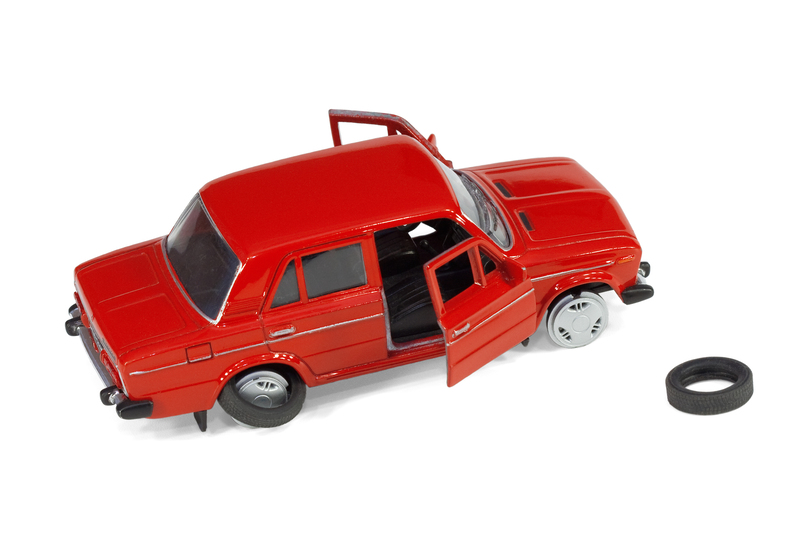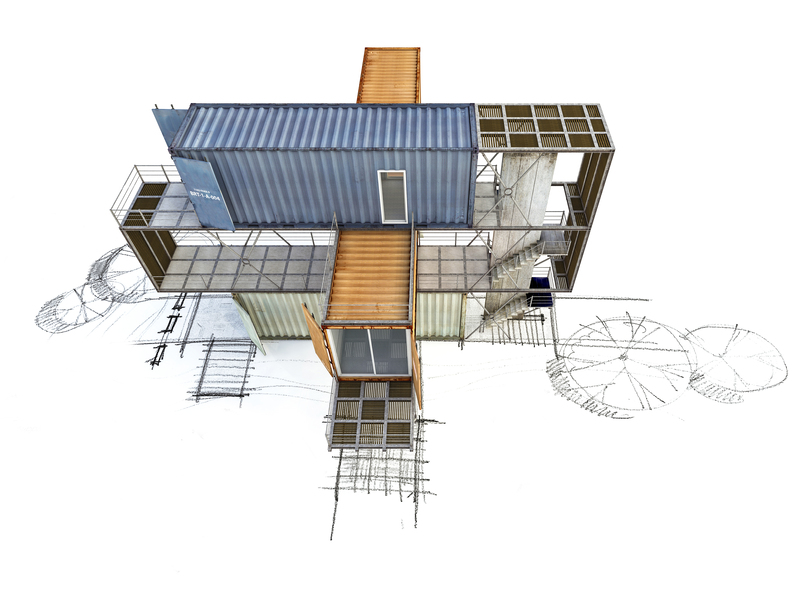Posted on 12/09/2025
Turn Clutter into Crafts: A Creative and Practical Guide
In today's fast-paced world, clutter can easily build up in your home. Instead of throwing out those unused items, why not transform them into beautiful and practical crafts? Turning clutter into crafts is not only environmentally friendly but also a fantastic way to spark creativity and add unique touches to your living space. In this article, we'll explore how to convert your clutter into crafts effectively and provide you with tips and takeaways to get started.
Identify Your Clutter
Before you start crafting, you'll need to identify what items in your home could be repurposed. Look for items such as old clothes, empty jars, broken jewelry, and unused furniture. Creating an inventory can help you see the potential in these neglected items.

Plan Your Projects
Once you've identified your clutter, the next step is to plan your projects. Decide what you want to create based on the materials you have. For instance, old t-shirts can be turned into reusable shopping bags, and glass jars can become candle holders. Planning helps ensure you have a clear vision and can gather any additional supplies needed.
Gather Crafting Supplies
While most of your materials will come from your clutter, you might need some essential crafting supplies. Basic items such as glue, scissors, paint, and paintbrushes can be very useful. Having these on hand will allow you to transform your clutter into crafts more efficiently.
Get Crafting
Now it's time to get creative! Start with simple projects and gradually move on to more complex ones as you become comfortable with the crafting process. Utilize online resources like DIY blogs, YouTube tutorials, and crafting forums for inspiration and step-by-step instructions.
Tips for Successful Crafting
- Start Simple: Begin with easy projects that require minimal materials and skills.
- Stay Organized: Keep your crafting area clean and organized to avoid feeling overwhelmed.
- Experiment Freely: Don't be afraid to try new techniques or combinations of materials.
- Save Scraps: Smaller pieces of materials can be useful for future projects.
- Share and Collaborate: Join crafting communities to exchange ideas and get feedback on your projects.
Pros and Cons of Turning Clutter into Crafts
As with any activity, there are advantages and drawbacks to consider:
Pros:
- Environmentally Friendly: Repurposing items reduces waste and promotes sustainability.
- Cost-Effective: Crafting with clutter saves money compared to buying new materials.
- Enhances Creativity: Crafting allows you to express yourself and think outside the box.
- Personalized Items: Create unique, personalized pieces that you won't find in stores.
Cons:
- Time-Consuming: Crafting can take a considerable amount of time, especially for complex projects.
- Storage Needs: You may need space to store both clutter and crafting supplies.
- Possible Frustration: Projects may not always turn out as expected, which can be discouraging.
- Initial Investment: You might need to buy some basic crafting tools and supplies.

Takeaways
Turning clutter into crafts is a rewarding and eco-friendly way to reduce waste and express your creativity. By planning ahead, staying organized, and starting with simple projects, you can make the most out of the items you already have. Remember that patience and experimentation are key to successful crafting.
Conclusion
Transforming your clutter into crafts not only helps de-clutter your home but also provides a sense of accomplishment and joy. As you convert unused items into beautiful creations, you'll gain new skills and potentially discover a fulfilling hobby. Embrace the process, and have fun turning your clutter into something extraordinary!
Latest Posts
Tips for Proper Disposal of Regular Waste
Garbage Cleanup Bags - Efficient Skip Substitute

































 Get a Quote
Get a Quote